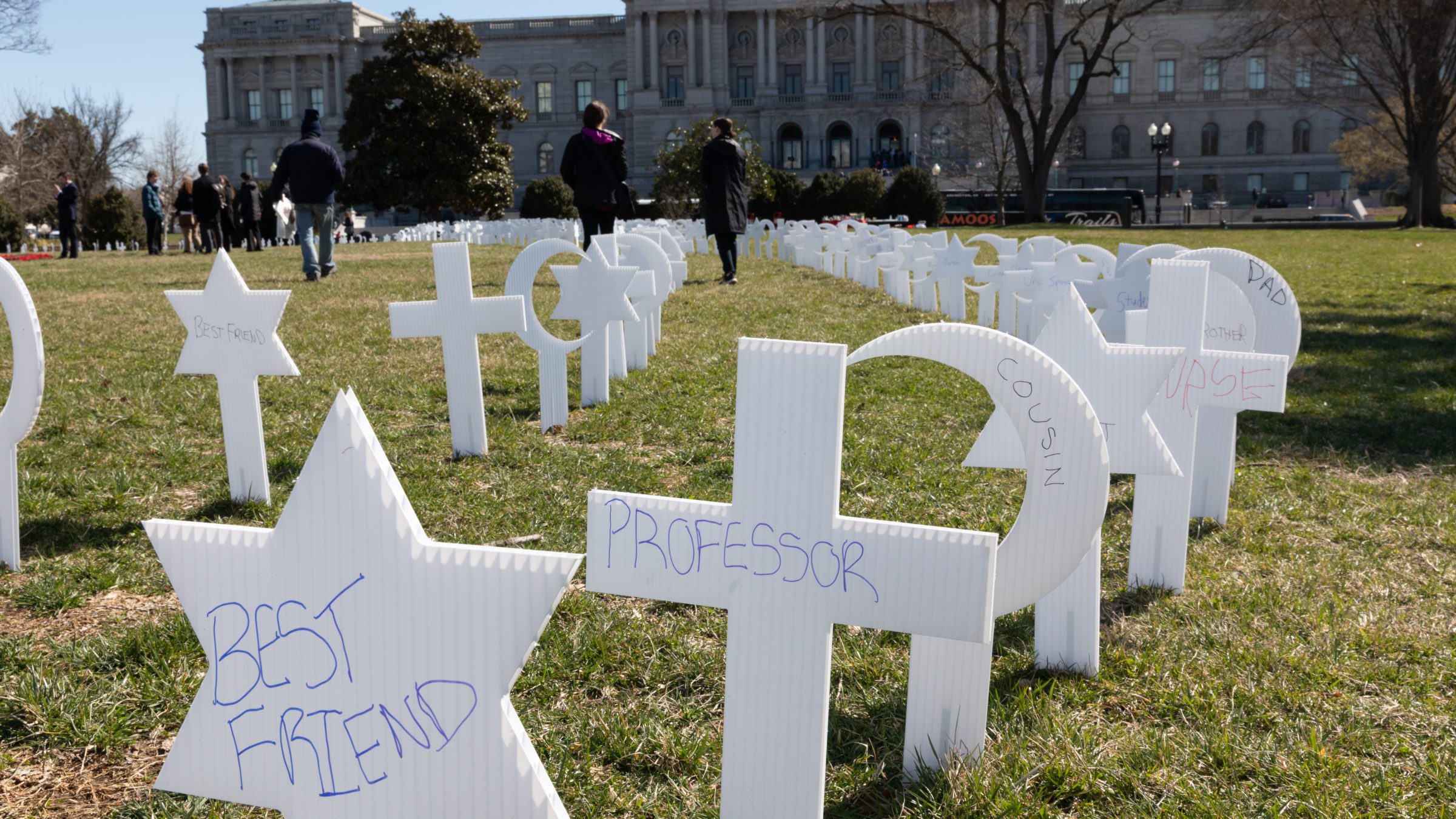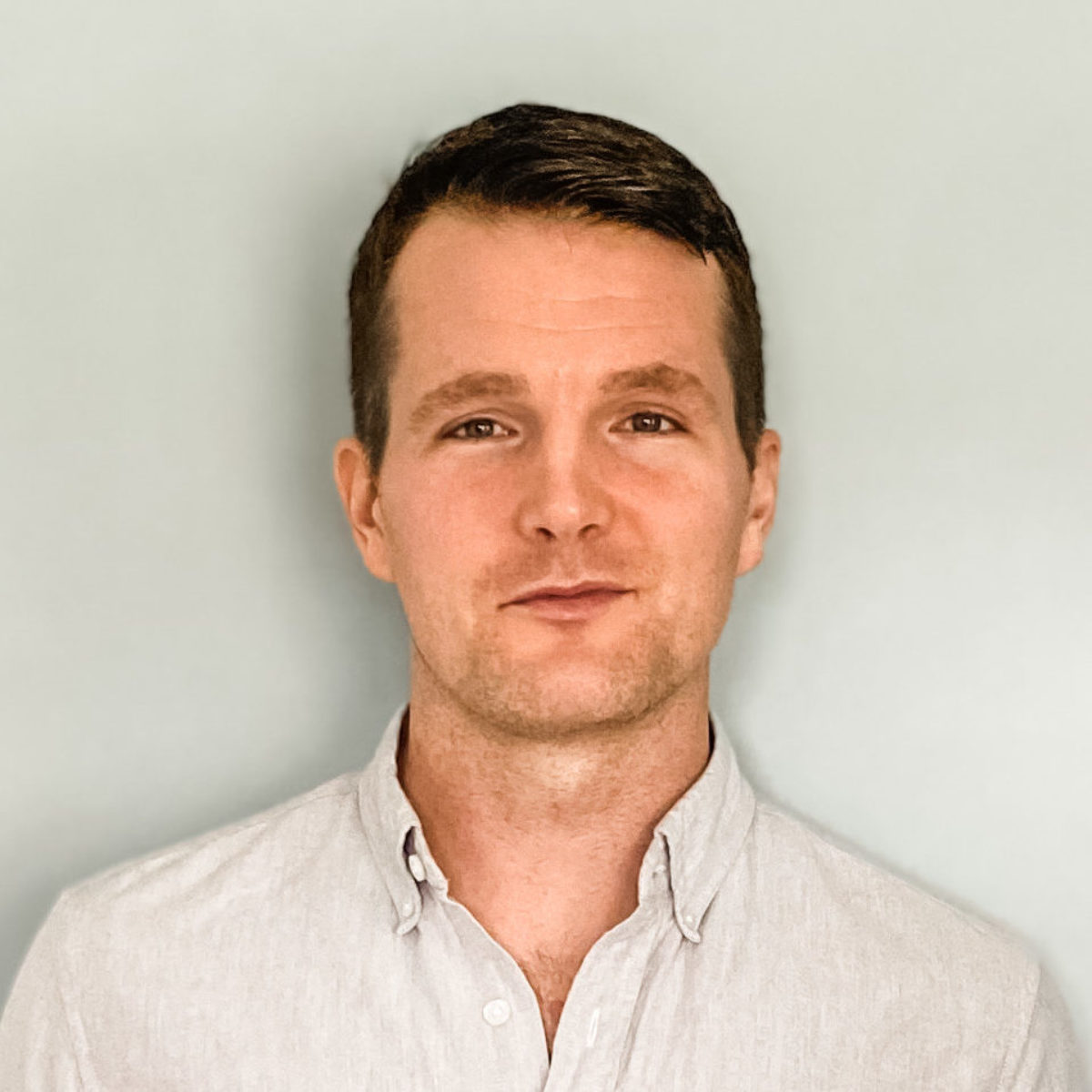Next week, the Supreme Court will hear oral argument in New York State Rifle & Pistol Association v. Bruen, a case that presents the Court’s six-justice conservative supermajority with the opportunity to declare every American’s inviolate right to carry a deadly weapon too sacred to be subject to meaningful constraints.
Bruen is a challenge to New York state’s 108-year-old gun licensing regime, a byzantine process that requires applicants to demonstrate that they are of sufficient moral character to possess a gun, and that “proper cause” exists for them to carry it for self-defense purposes in public. Conservatives hope Bruen will build upon their success in 2008’s District of Columbia v. Heller, when the Court, after decades of fervent right-wing activism insisting on the existence of a right to gun ownership unconnected to service in a well-regulated militia, magically divined that the Second Amendment confers a right to gun ownership unconnected to service in a well-regulated militia. Justice Antonin Scalia, who wrote the opinion, would call it a “vindication” of his originalist philosophy and place it among his greatest triumphs.
A decade later, Bruen could be the culmination of the gun lobby’s efforts to rewrite both history and law to serve their financial and political interests. At the very least, an expansive ruling would subject gun restrictions to a more exacting standard of review that, in practice, few state and local regulatory regimes will survive. One year after 20,000 Americans died by gunfire, the conservative justices could use Bruen to create a de facto right to carry for many of the 330 million Americans who did not.
The Heller majority’s myopic, credulous obsession with the Second Amendment’s original meaning means that the parties in Bruen, too, spend the bulk of their time invoking centuries-old laws and complex theories of constitutional interpretation that they insist support their respective conclusions. But no matter which theory the Court ultimately embraces, the result of its decision will do little to accomplish the very basic task of keeping people safe, because parsing the precise scope of the right to carry a gun obscures the issue of how this country became so broken that so many people feel the need to carry a gun in the first place. The Court lacks the power, the desire, and the institutional legitimacy to actually address the deep-seated problems that give rise to America’s gun violence crisis. The only question Bruen will answer is who is allowed the tools to participate in it.
The New York law at issue is riddled with all the flaws you’d expect from a regulatory system administered chiefly by cops. It explicitly privileges retired police officers by waiving their statutory application fee. Upon leaving the agency, New York City Police Department officers typically receive a “good-guy letter” that fast-tracks their applications by preemptively attesting to the adequacy of their moral character, which for anyone familiar with the New York City Police Department’s track record feels like a cruel joke. For nearly everyone else, this notoriously opaque system results in rubber-stamped denials of applications from would-be gun carriers who are not white, wealthy, and/or well-connected. The handful of celebrities deemed to have demonstrated a “special need” to carry in public includes Nelson Rockefeller, Howard Stern, and former President Donald Trump.
The Court lacks the power, the desire, and the institutional legitimacy to actually address the deep-seated problems that give rise to America’s gun violence crisis.
New York has one of the lowest per capita gun death rates in the nation, which often gets touted as evidence that its approach to gun safety works. But with this success comes the realities of selective enforcement that heavy reliance on America’s criminal legal system necessarily entails: As the historian Carol Anderson argues in her recent book The Second, the Second Amendment itself is “steeped in anti-Blackness,” and the fundamental right it supposedly confers has “consistently been constructed to keep African Americans powerless and vulnerable.” Sure enough, New Yorkers of color are far more likely to be prosecuted for illegal gun possession, a felony punishable by years-long prison sentences upstate. A coalition of public defenders—a constituency not usually known for ideological overlap with conservative gun-rights activists—urges the justices to invalidate the law in Bruen by detailing its place in the state’s long history of discrimination against lower-income and Black and brown residents. “New York enacted its firearm licensing requirements to criminalize gun ownership by racial and ethnic minorities,” they write. “That remains the effect of its enforcement by police and prosecutors today.”
A separate and perhaps more familiar line of Second Amendment rhetoric situates New York’s law in the context of deadly violence that targets members of marginalized communities—violence that police everywhere, despite the billions of dollars in public resources that fund their operations, seem constitutionally unable to prevent. “Calling 911 does not now and never will suffice,” says a brief filed by organizations that represent groups of women, LGBTQ, and Jewish gun owners. “The only thing standing between these Americans and the people who would do them harm is a gun.” Another group of affinity gun-rights organizations links increases in Black gun ownership to “a realization by African Americans that reliance upon the government is inadequate to address the challenges they face in their own communities.” Many of those who bear the brunt of this violence, they note, do not trust police to do the work of protecting them, in no small part because police are among the chief perpetrators of that violence.
“Law enforcement, despite its best efforts, simply cannot prevent many of these crimes from happening,” writes a group of Asian Pacific American (APA) gun owners, who say they have “little faith” in cops to do anything about the wave of anti-Asian violence that has accompanied the COVID-19 pandemic. “APA give themselves a better chance of protecting themselves from harm if they exercise their right…to bear arms, whether at home or in public.”
Whatever you think about the merits of these arguments, echoing throughout them is the bleak reality that the government, despite all its investments in paramilitary policing and gigantic prisons and overcrowded jails and a sprawling surveillance apparatus, has utterly failed at its fundamental responsibility to ensure the safety of its constituents. Sweeping deregulation of guns and individual gun possession are framed not as ideal solutions, necessarily, but as sad-yet-inevitable consequences of living in a failed state. One of the amicus briefs, for example, rightly condemns New York’s inability to “do the job of protecting vulnerable citizens from street violence” as a “purely political” failure. But in light of Heller, the authors argue, the state’s simultaneous refusal to allow them even the chance to protect themselves is unconscionable and cannot stand any longer.
This dynamic is the result of an entrenched culture of gun supremacy layered atop the power of a 6-3 conservative supermajority on the Supreme Court. For decades, the right has used the Second Amendment as a potent organizing tool, warning voters that only a recurring monthly donation to the National Rifle Association will prevent big-city liberals from coming to their homes and taking away their guns for good. The Court’s conservatives have spent their careers steeped in this effort to rewrite the Second Amendment, and the right conjured up in Heller is among their most important accomplishments: a bright-line rule that makes it exceedingly difficult for public officials to limit access to guns in a country besieged by gun violence, leaving them few options other than, for example, criminalizing possession. By making the Court the final word on all things guns, conservatives have ensured that Second Amendment rights will remain a one-way ratchet for as long as they remain in power.

Aurora Samperio/NurPhoto via Getty Images
Even if this Court weren’t controlled by conservative reactionaries, however, it would remain a forum ill-suited to addressing the intertwined crises of gun violence, the failures of policing, and the overcriminalization of people of color. The parties aren’t talking to the Court about why police fail to serve and protect marginalized communities, or discuss the best ways to address the root causes of gun violence. They do not ponder what life in New York might look like without a bloated police infrastructure that sends so many vulnerable people to prison, or tout the urgency of reinvesting police resources in housing, education, and healthcare, because an audience of six elite conservative lawyers is not concerned with any of those things. Only the contours of the individual right to bear arms are at stake, yielding an absurd discourse that forces people to fight for their lives in 2021 by scrutinizing the implications of an esoteric 1328 English law that barred people from from carrying weapons “upon pain to forfeit their armour to the King.” Inside a courtroom, the complex problem of keeping people safe in a sprawling, diverse nation with a long history of bigotry and more guns than people is reduced to part academic debate, part arms race.
None of the potential outcomes in Bruen are particularly satisfying: Advocates working to stop gun deaths are defending a shoddy half-measure of a system that carries on America’s longstanding traditions of excluding and criminalizing poor people and people of color. People who are tired of the myriad failures of policing are pushing for a solution that will put more guns in more hands in more places while leaving those glaring failures of policing undisturbed. And people fighting to make the criminal legal system marginally less racist and cruel do so even though in the hands of this particular Court, the result could very well make it harder for lawmakers to address a gun violence crisis that everyone badly wants to end.
These are all bona fide emergencies that will require thoughtful, bold intervention in order to solve. But the Supreme Court is not equipped for that challenge, and even if it were, its current trigger-happy membership has no interest in meeting it. Heller forces Americans to adopt the clumsy language of gun rights to discuss vital questions about public safety, forever tinkering around the edges of the Second Amendment in the hopes of eking out occasional, marginal victories. All that remains for the justices to decide is how to allocate human suffering: who will bear the burden of which of their government’s failures, and for how much longer.

